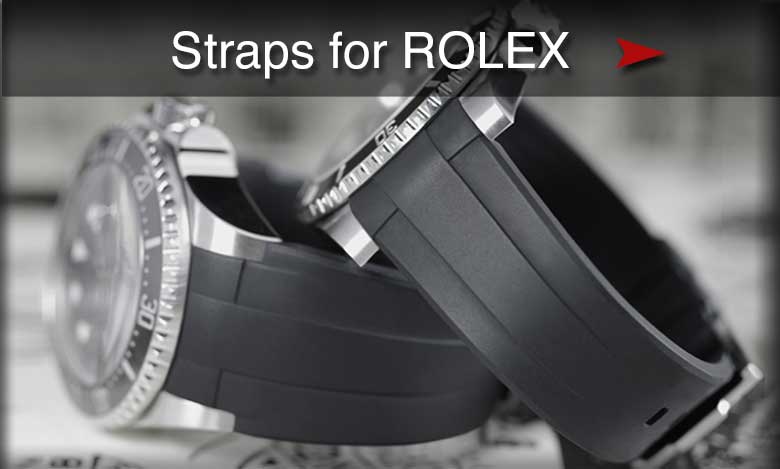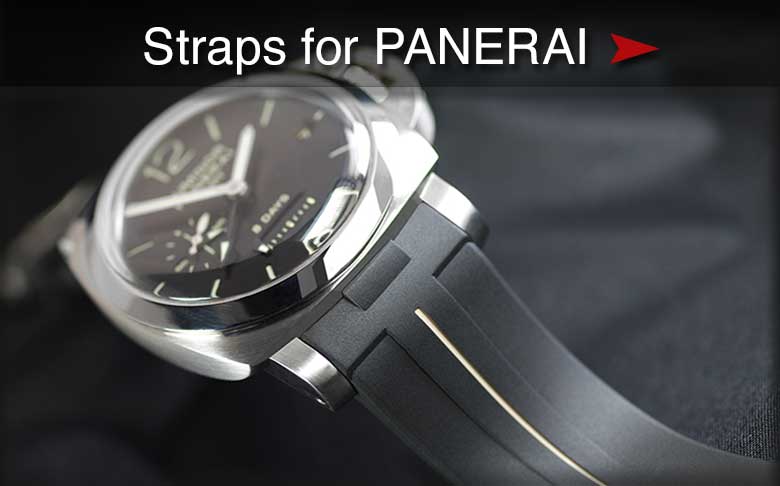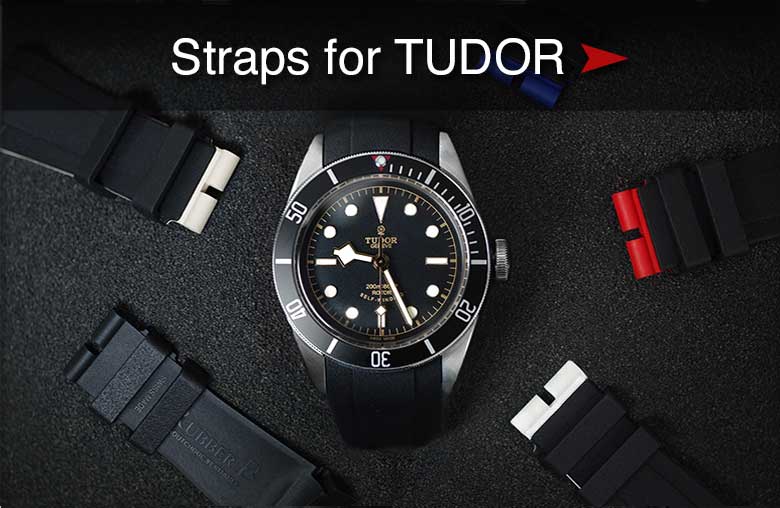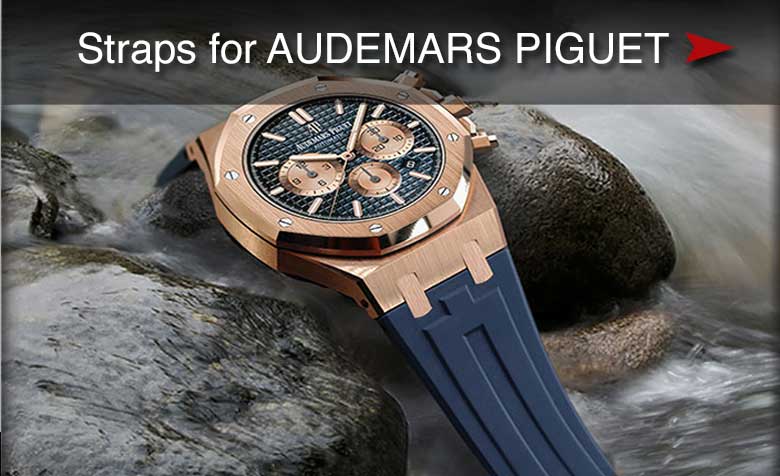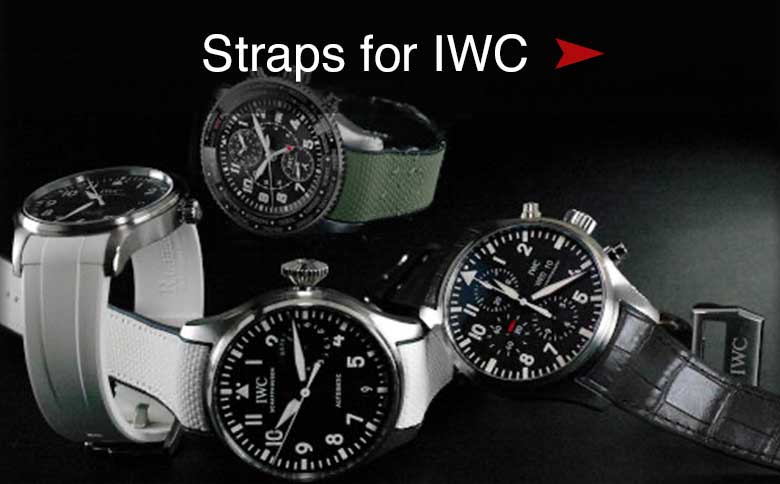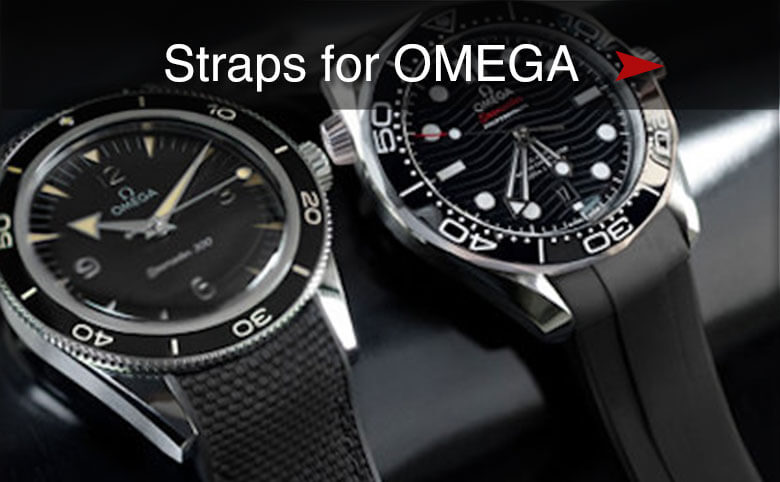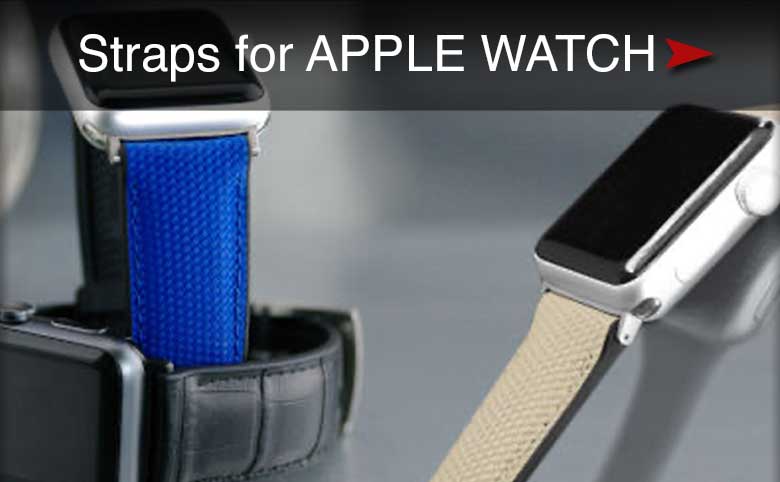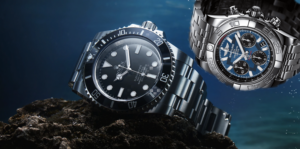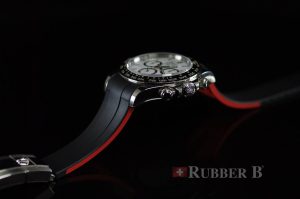
Rubber watch straps, ubiquitous in daily life, are a relatively recent innovation. Their journey from an idea in someone’s imagination to a mass-produced, widely-used product exemplifies the evolution of technology. Understanding the history of rubber and wristwatches provides a comprehensive view of how rubber watch straps became integral to modern wristwatch design.
The first is to understand the past of rubber and how it is made, and the second is to understand the production of a modern wristwatch. When a person is familiar with these two fields, they can fully understand the past of the rubber watch band and how it has become more widely incorporated into the wristwatch design.
For the sake of simplification, we will begin by looking at the past of rubber and how it is made, then move on to the origins of the modern wristwatch, and eventually arrive at how watchmakers started to see rubber as a valuable material for the production of bracelets.
The History of Rubber and Its Production
To appreciate the history of rubber watch straps, one must first understand rubber’s origins and production process. Humans have known about rubber for thousands of years. In 1525, Padre d’Anghieria observed Mexican tribesmen playing a game with elastic balls, likely Tlachtlic, a game with religious significance to the ancient Mayans, documented in the Popul Vuh.
In 1735, Charles de la Condamine, a Frenchman, conducted the first experimental study of rubber, noting its potential for various practical applications. By 1832, the Rosburg factory began mass-producing rubber goods, though initial products were fragile in cold weather.
Rubber production is a meticulous process. It starts with a rubber tree maturing over several years before the sap is tapped and processed. The sap undergoes straining, coagulation with formic acid, and drying before being shaped into products.
Types of Rubber
- Natural Rubber: Derived from the latex sap of trees in the Amazon, Southeast Asia, and Africa, natural rubber is known for its elasticity due to its polymer structure.
- Synthetic Rubber: Created from various artificial elastomers, synthetic rubber is designed to meet specific industrial demands, offering versatility beyond natural rubber.
- Vulcanized Rubber: This robust rubber is produced through vulcanization, a process popularized by Charles Goodyear, which involves heating rubber to strengthen it. Vulcanized rubber is used in numerous products, including watch straps, due to its durability.
When and How Was the first time the Wristwatch was Introduced?
Another critical part of truly understanding how rubber watch bands have become popular is to look at the past of wristwatches as well. There are two unique origin stories to how the wristwatch came about, and the answer of who “truly” developed the first wristwatch depends on who you ask. Some people credit Abraham-Louis Breguet for creating the first wristwatch in 1810 for Caroline Murat, the then Queen of Naples.
However, the more popular consensus is that Robert Dudley should receive the credit in this instance, as he was noted to have given Elizabeth 1 a wristwatch in 1571, which is a full 229 years earlier.
The new version of the wristwatch, at least as we know it, may not have been used until World War I. Historically, wristwatches were considered to be more of a piece of jewelry than a practical instrument, and as such, they were most often used as women’s fashion items. In fact, they were more often marketed as a type of bracelet than a timekeeping instrument, in most cases.
However, their use on the front lines of battle by soldiers would forever change that notion, and this led to the modern and reliable wristwatches that we are all acquainted with today. While primitive versions of the wristwatch had been used in combat before, it was during the Boer War, which began in late 1899, that they became an outright necessity.
The Boer War was fought between England and South Africa over England’s ever-expanding presence in the region. The Boer army was highly mobile, and this resulted in the British needing to be able to match their mobility by more efficiently synchronizing troop attacks and coordinating the movements of their troops. Pocketwatches were not efficient for this purpose, so the officer class began to start using modified pocket watches placed on leather straps to help coordinate military operations.
Another important milestone in the early development of the wristwatch can be traced back to Paris in the early 20th century. In 1904, Alberto-Santos Dumont, an inexperienced pilot, needed to be able to watch his watch while he was traveling.
However, he wanted both of his hands to fly the aircraft. At the moment, the most widely available watches were conventional pocket watches that did not meet his needs. He talked to his friend Louis Cartier, a well-known watchmaker, and Cartier gave him a clock that could be attached to his hand, so the modern-day wristwatch was born.
Just a year later, in 1905, Hans Wilsdorf moved to England and set up the company that we now know as Rolex. Wilsdorf was one of the early pioneers in the mass manufacturing of wristwatches, and of using Swiss calibers to ensure that the timekeeping would be perenially precise.
World War I saw the implementation of trench warfare and mass artillery being used on a wide scale in combat for the first time, and it would forever change many industries in its aftermath, horology being one of them. Soldiers on the ground needed watches that could withstand the horrible, damp conditions of the trenches and that could also survive the rigors of field combat.
Several companies, such as H. Williamson Ltd., which was based in Coventry, began to capitalize on this opportunity, and they began mass-producing cost-friendly wristwatches in the style that we are familiar with today. From there, more companies began to find ways to make these watches appeal to the civilian market, touting their lack of bulk and ease of use to the common man. Thus, wristwatches would eventually come to outnumber pocketwatches by a ratio of 50 to 1 by 1930.
Eventually, wristwatches would even make it to the confines of outer space – in 1961, a Russian timepiece would be the first wristwatch to ever leave the planet.
Wrist Watches Introduced to Rubber Watch Bands
As wristwatches continued to grow more and more into sports watches, watchmakers found that they wanted a material that was very durable to create the band. Precious metals would simply not do that, since they would certainly be destroyed during some form of physical workout, and thus the worth of the watch would be greatly depreciated.
In 2010, The History of Rubber Watch Straps was changed by Rubber B, a corporation specializing in the manufacturing of high-quality rubber watch bands, which was the first to incorporate vulcanized rubber in the construction of its rubber watch straps. This innovation allowed for improved longevity and a longer-lasting product, as the bands were less likely to be affected by water or elements in daily use. The introduction of Rubber B straps marked a new decade of innovation, as the straps featured block integration with Rolex watches, making them the first rubber straps to match the watch case perfectly. This design ensured enhanced protection for the watch and provided lasting security and durability for the timepiece.
It should also be remembered that rubber was not the only commodity used by watch wristbands. Silicon was also used by watchmakers in Asia because it can be conveniently molded and polished. However, it has a reputation for stickiness, a tendency to break, and a tendency to collect dust and lint, which makes it less than suitable for long-term use.
Innovations in Manufacturing Transparent Rubber Watch Straps?
The watchmaking method has progressed constantly through the years which means that the process of producing rubber watch bands also needed to change. Craftsmen are constantly seeking exciting and inventive ways to develop modern watch straps that stretch the boundaries of design and execution in terms of their application.
What benefits of Rubber Watch Straps?
If you own a luxurious timepiece, there are many reasons to consider buying a rubber watch band for your watch. To start with if you lead some sort of active lifestyle, the rubber watch bands are waterproof and weatherproof, making them much more durable than the typical metal watch bracelet.
Also, rubber watch bands are also designed to be dust-proof and allergy-proof, which is perfect for someone who has allergies, and for others who like to keep their rubber watch bracelet safe. In short, the combination of longevity, flexibility, and ease of care makes wearing a rubber watch band the perfect companion for any luxury timepiece currently on the market.
Innovations continue to shape rubber watch straps. In 2020, Rubber B partnered with watchmaker Christian Craftsman for the “Zinal Challenge,” creating a transparent Rolex Daytona 116520 band inspired by glaciers. This innovation marked a milestone in the design of rubber watch straps.
Benefits of Rubber B Watch Straps
Their exclusive STRENGTH INFUSION TECHNOLOGY further elevated their products by providing upgraded support against the friction, weight, and frequent adjustments of the Rolex Glidelock clasp. By infusing carbon fiber molecules within the vulcanized rubber, Rubber B achieved a substantial increase in stress resistance while maintaining supple comfort around the wrist.
Additionally, Rubber B’s VulChromatic® technology introduced dual-colored straps for various luxury watches, using a patented molecular bond process that fuses separate color masses into one flawless and permanent bond without paints or glues. Their SwimSkin® straps, made entirely of vulcanized rubber, emulate the look and feel of natural materials like alligator hide or Kevlar® fabric, offering waterproof durability for active lifestyles.
The innovative MeshMatic® Technology, launched in 2023, redefined comfort and adjustability in watch straps, providing micro-adjustable placement for unrivaled daily wear. The Dream Strap, featuring this technology, offers exceptional softness, flexibility, and durability, seamlessly integrating with luxury watches for both casual and formal occasions.
Rubber B continues to lead the industry with its Velcro® Alfatex straps, Tuxedo Velour® waterproof straps, and the luxurious GOLDMATIC™ straps that fuse 18k Rose Gold with Swiss-made rubber. Their Couture Marine Stitching series, using Gore® Tenara® and Hydra-Turf® sewing threads, ensures remarkable endurance against harsh conditions.
Looking ahead to 2024 and 2025, Rubber B projects a future where their superior quality and innovative designs remain unmatched. Despite attempts by other manufacturers to replicate their success, Rubber B’s dedication to perfection and continuous innovation ensures that it will remain the benchmark in the luxury watch strap industry.
